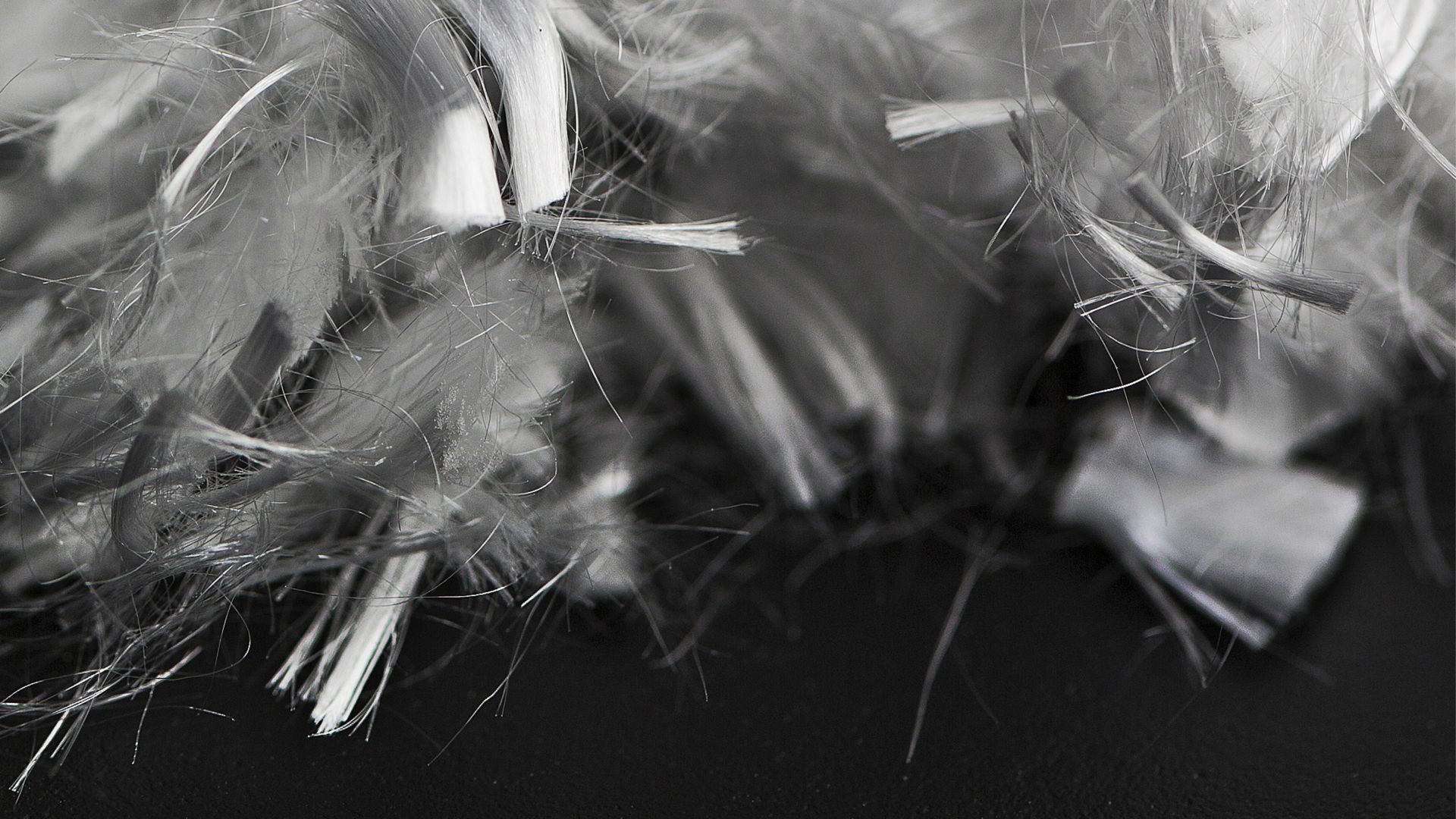FIBER REINFORCED CONCRETE
We are the concrete fiber experts ™
Reinforcing value, reliability, and concrete performance. Reinforcing your reputation.
Find out how fibers can improve your next project.
SikaFiber® Product Technology
Fibers are an ideal ingredient for use in concrete and mortars as a method for improving these materials where they may otherwise have weaknesses. Concrete fibers reduce shrinkage crack formation and crack widths, while also increasing performance in energy absorption and fire resistance. Additional benefits, such as reduction or elimination of reinforcing steel and increased durability, can also be seen.
Sika® FiberSave ™
Sika® has developed a software tool, FiberSave™, for calculating the amount of SikaFiber® reinforcing using synthetic or steel macro fibers, required for a slab on grade. The tool will determine the optimum dosage of fibers required to reinforce the slab for the specified loading, slab thickness and concrete grade. This efficient tool is suited for professionals with knowledge in this application. SikaFiber® is the ideal solution for replacing bulky steel rebar or wire mesh reinforcement in concrete slabs, saving time and money in the construction process. Compared to steel reinforcement, macro-fibers are homogeneously distributed throughout the concrete - increasing durability, reducing cracks and shortening construction time.
FIBER TYPES
The first step to choosing the right fiber is to understand the type of fiber required for your application. The main standards for fiber reinforced concrete are ASTM C1116 and EN14889. Standard Specification for Fiber Reinforced Concrete, outlines four (4) classifications for fiber reinforced concrete:
- Type I - Steel fiber-reinforced concrete or shotcrete (ASTM A820)
- Type II - Glass fiber-reinforced concrete or shotcrete (ASTM C1666)
- Type III - Synthetic fiber-reinforced concrete or shotcrete (ASTM D7508)
- Type IV - Natural fiber-reinforced concrete or shotcrete (ASTM D7357)
Learn more about all of the fiber types below:
Micro fibers have a diameter that is less than 0.3 mm. Micro fibers are either monofilament or fibrillated. Micro fibers should be used for plastic shrinkage control (cracking that can occur in the first 24 hours of concrete cure), impact protection, and reduction of explosive spalling during a fire. The fibrillated micro fibers are often used in replacement of the lightest welded wire fiber (6x6 W1.4/W1.4) for temperature and shrinkage characteristics.
Structural macro fibers have a diameter greater than 0.3 mm. Macro fibers are used as a replacement for temperature and shrinkage reinforcement (WWF) or as structural reinforcement in concrete or shotcrete. Macro fibers are used where an increase in residual (post-cracking) flexural strength is required (ASTM C1609).
Steel fibers may be collated (glued) together in a clip. The collation of the fibers does not improve performance of the fiber reinforced concrete. Collated fibers improve the ease of mixing of high aspect ratio fibers. Collated fibers are added to the concrete mix, the bundles are spread throughout the concrete. Continued mixing action breaks apart the clips to let the individual fibers separate quickly throughout the mix.
FIBER PERFORMANCE
Fiber performance is influenced by three characteristics; tensile strength, aspect ratio (calculated as the length/diameter) and anchorage (hooked, crimp, emboss, fibrillation, etc.). One characteristic does not outweigh another; all three items have to work together for optimal performance.
Fiber reinforced concrete is a composite material and therefore, all fibers are tested in the concrete to prove their performance.
The fibers then provide ductility and support by bridging cracks and thus providing post crack strength to the concrete. Fibers begin to function in a structural supportive manner when the concrete matrix starts to crack, just like traditional reinforcement. The crack has to occur for the load to switch from the concrete to the reinforcement.
BEST USE OF THE DIFFERENT TYPES OF FIBERs
| State of concrete or mortar | Effect/property improvement | Recommended fiber type |
| Fresh | Reduce Rebound of Shotcrete | Micro synthetic fibers |
| Fresh | Homogeneity improvement | Micro synthetic fibers |
| Up to 24 Hours | Early-age cracking reduction | Micro & Macro synthetic fibers |
| 28 days hardening or more | Reduction of cracks induced by restraint of temperature, transmission of external forces | Macro synthetic fibers & Steel fibers |
| 28 days or more | Improvement of explosive spalling resistance | Micro synthetic fibers |
SikaFiber® Products
The benefits of Fiber Reinforced Concrete are endless.
KEY Macro Fiber Reinforced Concrete BENEFITS
- Less CO2 emitted during manufacturing than rebar
- Improved load capacity and ductility
- Protection against freeze-thaw cycles
- Better cohesion in the fresh concrete
- Increased abrasion resistance
- Higher flexural and shear strengths
- Reinforcement replacement
- Joint extension
- 3-dimensional reinforcement
- Increased safety
- Less opportunities for callbacks
- Long term durability increase
- Reduction in labor for placement of reinforcement
- Reduced incidence of early age plastic shrinkage cracking
Concrete fibers have an innumerable amount of applications in concrete construction. By reducing or replacing traditional meshes and steel reinforcement, labor costs will be reduced and construction schedules can be accelerated. Safety is increased by reducing the chances of tripping or impalement by traditional steel reinforcement. With concrete fiber being integral throughout the concrete, there is no opportunity for reinforcement to end up in the bottom of your slab.
SikaFiber® Applications

